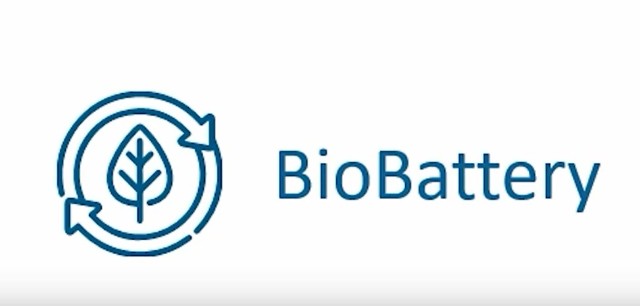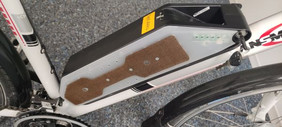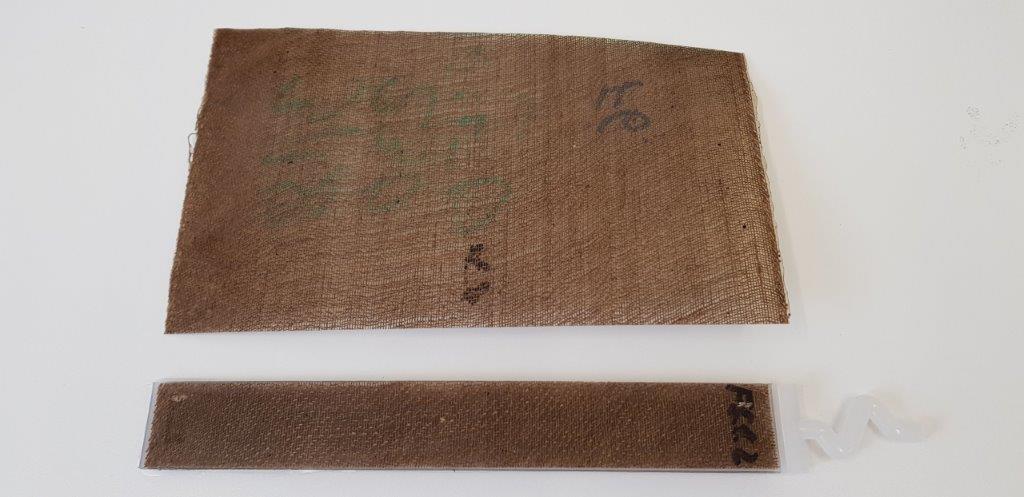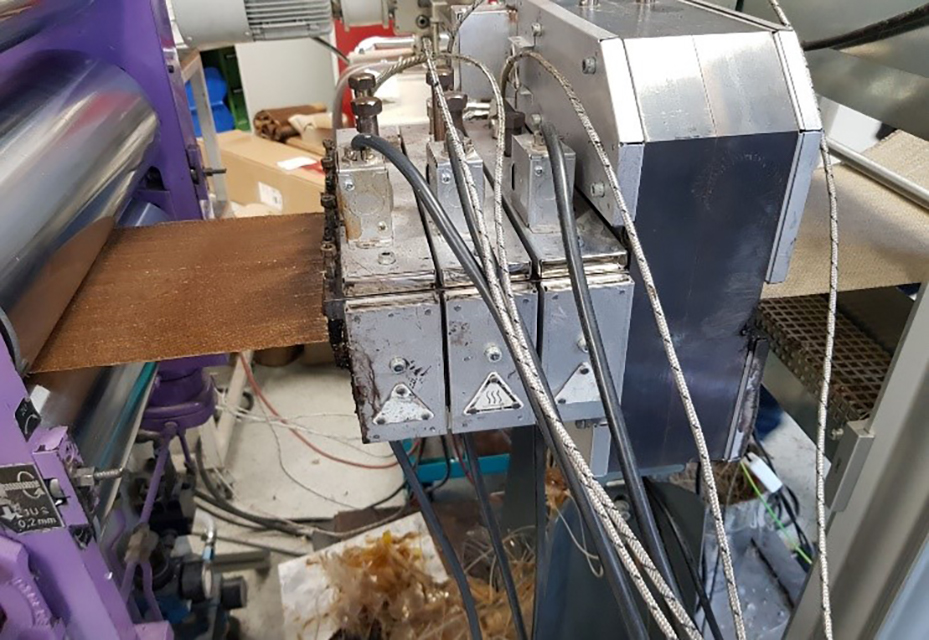Lightweight and sustainable
Fraunhofer LBF @K2022
To respond individual customer requirements and to meet social and political responsibility, a research project was carried out in cooperation between Ansmann AG and the Fraunhofer LBF. Aim was the development of natural fibre-reinforced plastics for usage in Li-ion battery housings. Due to their low density, good mechanical properties, low tendency to splinter and the comparatively low costs, while at the same time increasing sustainability, such natural fibre reinforced plastics were convincing as an alternative to glass or carbon fibre reinforcement.
At the Fraunhofer LBF, a new process was used to impregnate different natural fibre fabrics with plastic melt at reduced contact times and modify them according to requirements. Based on an adapted component design of the battery housing to meet the numerous standards, local natural fibre reinforcements were introduced into the housing using an innovative injection moulding process.
Compared to the original housing, the resulting housing impresses with a weight reduction of 30% and a simultaneous increase in rigidity of 15%, while at the same time addressing the central guiding principle of efficient and environmentally friendly use of resources and avoiding greenhouse gases.
Using structure-property relationships to design bio-based plastic products.
At the heart of the project is the creation of the first ever lightweight construction process based on natural-fiber-reinforced bio-based plastics that have been specially designed for mass production. Housings for lithium-ion batteries, which find particular use in mobility-based applications, such as e-bikes or other vehicles, serve as a model system. In using them, it is hoped, in particular, that a reduction in weight relative to conventional metal housings can be achieved. Here, the cell holder, thermal management, crash safety and electrical insulation functions are to be ensured and functionally integrated using plastic housings consisting of matrices and organic sheets based on renewable raw materials. By taking this approach, a reduction in battery weight of up to 60 percent (excluding cell weight) will be possible.
This consistent focus on the use of thermoplastics as a material base opens up future prospects regarding the establishment of a circular economy and the development of recycling concepts. However, this is not part of the current project.
Using coupled analysis methods for improved structure-property relationships
The organic sheets and formed parts that are to be developed using natural-fiber-reinforced bio-based plastics can be created by combining different plastics and natural fibers, depending on the requirements of the application field. A continuous process for the manufacturing of organic sheets was achieved using an impregnation tool developed at Fraunhofer LBF. This process allows for the natural fiber to be impregnated while keeping the time during which it is in contact with the thermoplastic melt very short. With these reduced contact times, it is possible to reduce the damage to the fiber, even at higher processing temperatures.

Privacy warning
With the click on the play button an external video from www.youtube.com is loaded and started. Your data is possible transferred and stored to third party. Do not start the video if you disagree. Find more about the youtube privacy statement under the following link: https://policies.google.com/privacyBioeconomy 2021 Ideas Competition (MLR BW) - German language only
The analysis techniques developed in this project are also suitable for other biobased thermoplastics and their compounds. They can be used equally for material development and for the optimization of processing procedures. In addition, the methods used at Fraunhofer LBF are capable of high temperatures, so that they can also be used for high-performance thermoplastics. This results in a broad potential for developers and processors of bio-based plastics, who can use the results in their material and process development.

 Fraunhofer Institute for Structural Durability and System Reliability LBF
Fraunhofer Institute for Structural Durability and System Reliability LBF

